Dec
3
2015

The Ricoh Autoshot is interesting for several reasons. The primary one is its lack of a film winding lever, that function is done through a clock spring wound on the bottom. The effect is that the film is advanced and the shutter cocked automatically. That is something you don’t normally consider with a digital camera or a point and shoot film camera from about the mid 1980’s on but for the mid 1960’s it was pretty revolutionary. Another interesting thing is the auto exposure system that uses a selenium meter surrounding the lens. Also the placement of the shutter button on the front, it’s actually more of a slider than a button. The shutter uses only two speeds either 1/30 for use with flash or 1/125 for the auto exposure system. The focus is also a zone system with 4 presets for 3ft/6/15/and infinity. I’m not sure if it is technically the first ‘Point and Shoot’ camera but aside from autofocus it checks off all the other boxes. You only need to compose a picture, press the shutter and repeat and you don’t even need batteries to do it.
no comments | posted in Cameras, Photography
Nov
20
2015
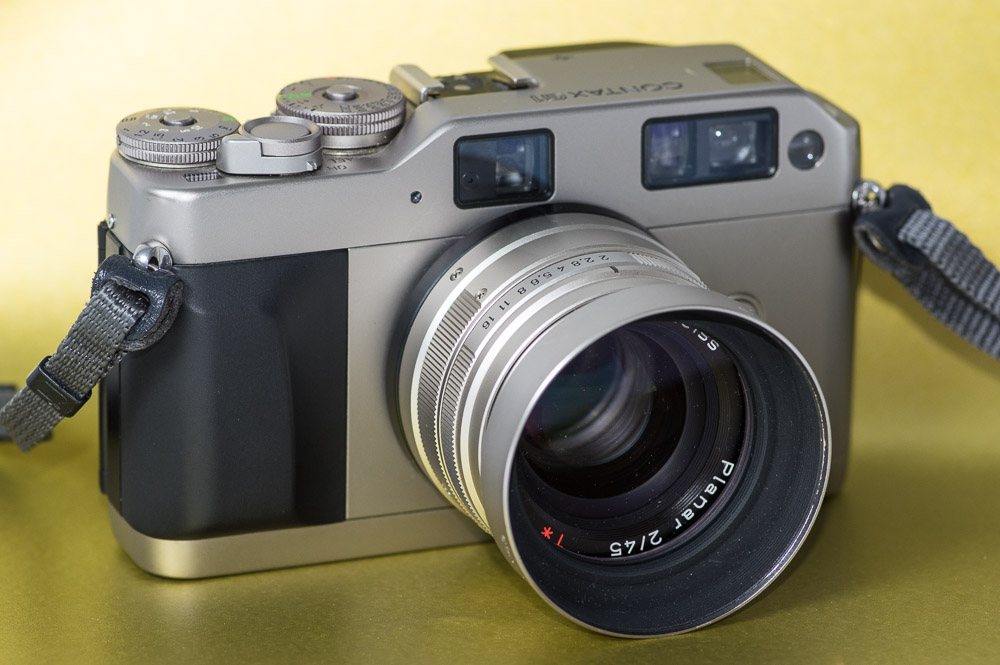
In my previous post Contax G1 I talked about this camera and its features and operation. I can sum that up in two words ‘flawed beauty’. Although a fantastic camera by many measures there were a few issues that bothered me particularly the focusing and the small viewfinder. If I’m going to use a rangefinder I much prefer a larger viewfinder, that said the technical reasons for the small viewfinder (being able to adjust to different focal lengths) are understandable, it is more complex in itself than many entire cameras. 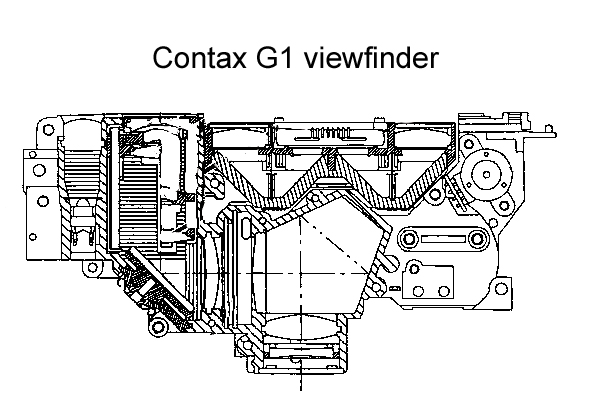
All this is forgiven when you factor in the lenses such as the 45mm f2 (6 elements in 4 groups) which is just incredible. The camera is a technological tour de force but perhaps trying to be all things at once it detracts from the essence of photography. Don’t get me wrong maybe what is needed is more time shooting with it but it comes across for me as a very large point and shoot with fantastic lenses. An incredibly well made beautiful feature rich really big point and shoot…..okay there was nothing else like this camera at the time and maybe it shouldn’t be compared to anything.
no comments | tags: Contax, Ektar, film camera, Kodak | posted in Cameras, Photography
Nov
16
2015
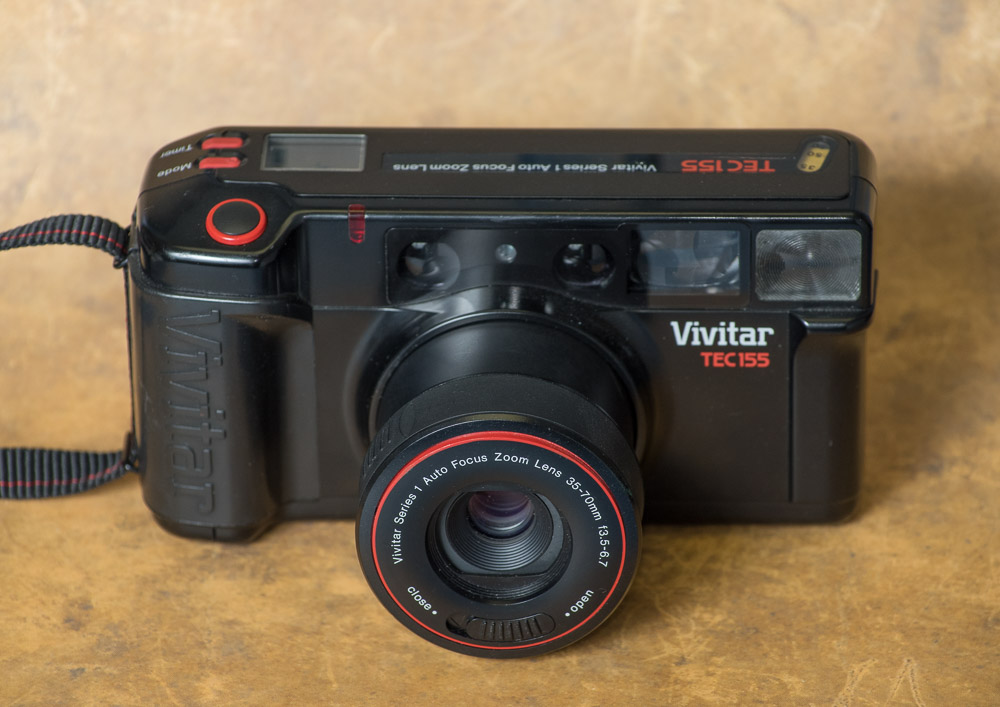 This camera is interesting for several reasons, the primary one being that although it is a point and shoot with a fixed lens the zoom is controlled by twisting the front of the lens instead of some small button or lever like most other point and shoots.
This camera is interesting for several reasons, the primary one being that although it is a point and shoot with a fixed lens the zoom is controlled by twisting the front of the lens instead of some small button or lever like most other point and shoots. 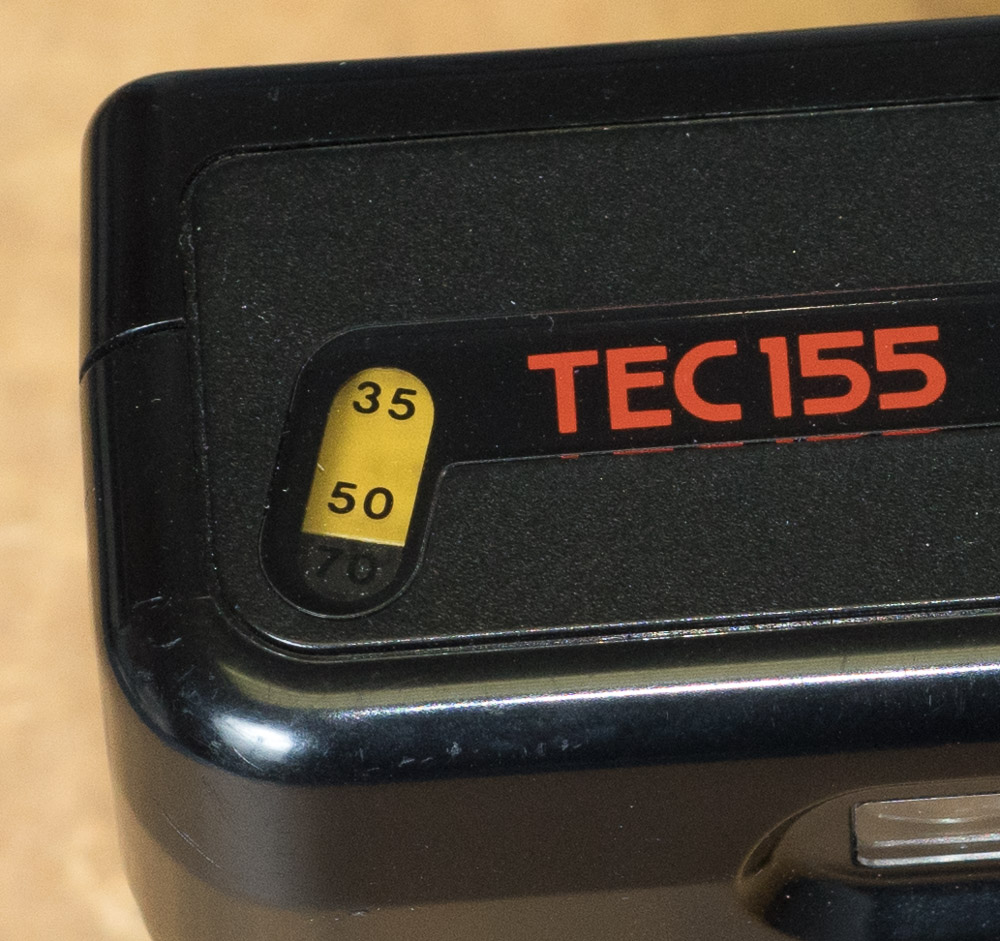
This allows for very fast zooming with the focal length indicated in a window on the top plate. Unfortunately the lens has very bad chromatic aberrations which appear as coloured fringing around objects particularly towards the edges of the image.
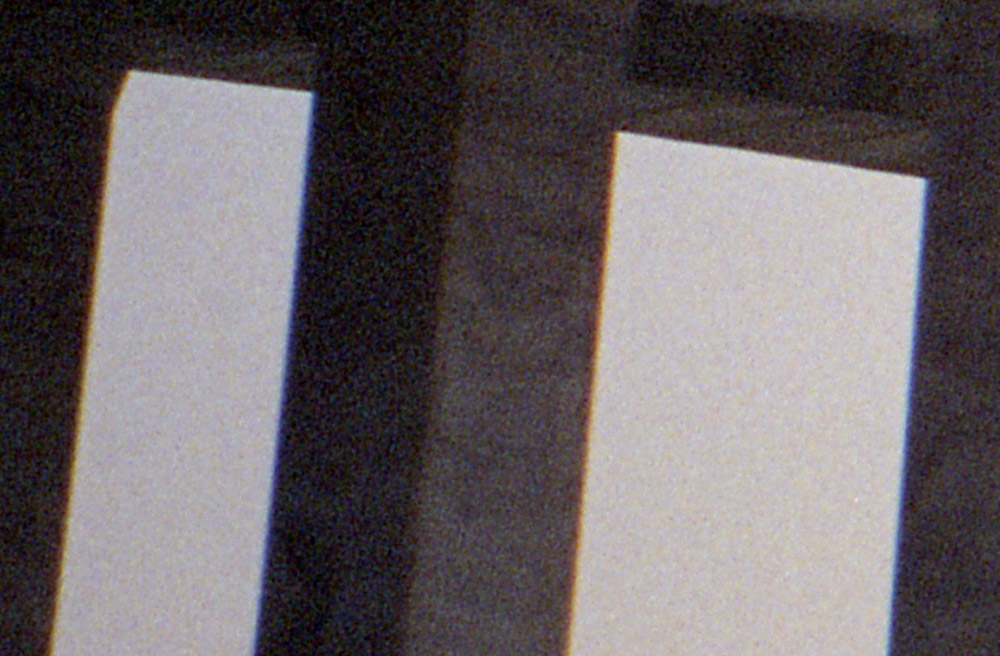
Additionally my copy of this camera has obvious dust and fibers inside the lens somewhere that show up in some of the images as well as a hazy blue spot sometimes in the center. 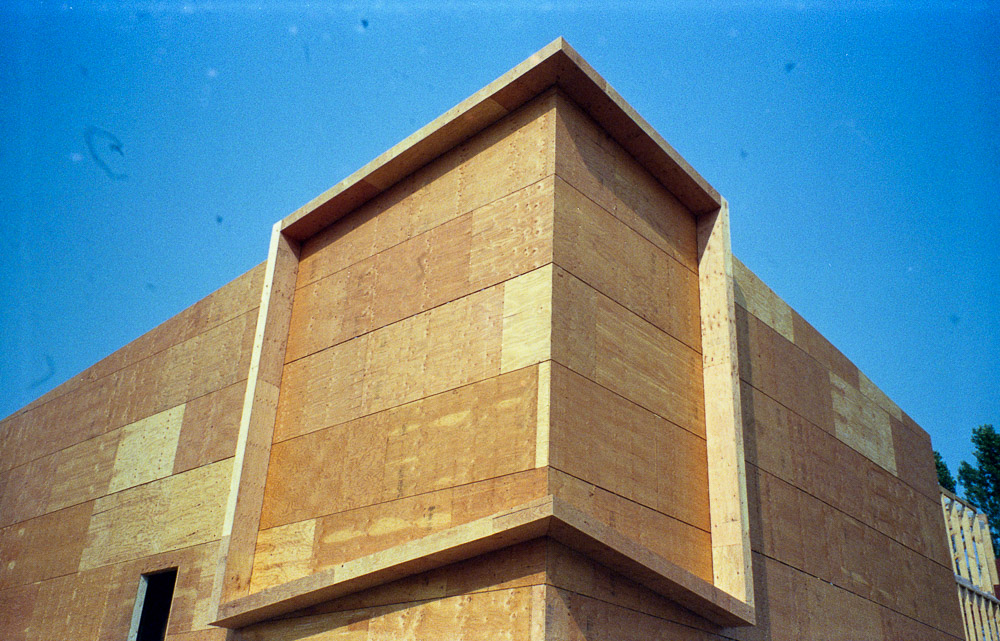
None of this is outwardly visible on the lens. So the only thing this camera is good for is if you are trying to take pictures that look like they came from a terrible camera. This is despite the fact that the lens is branded as Vivitars top of the line ‘Series 1’ with 8 elements in 7 groups.
no comments | tags: film, film camera, vivitar | posted in Cameras, Photography
Nov
12
2015
 The Port Mann bridge replacement has been an ongoing project for years but they have now just opened up the pedestrian sidewalk which provided an opportunity to take some pictures of the last remnants of the old bridge.
The Port Mann bridge replacement has been an ongoing project for years but they have now just opened up the pedestrian sidewalk which provided an opportunity to take some pictures of the last remnants of the old bridge.
 An image of this section of the bridge from its construction in 1962 (Photographer Otto F. Landauer, from the Jewish Historical Society of British Columbia)
An image of this section of the bridge from its construction in 1962 (Photographer Otto F. Landauer, from the Jewish Historical Society of British Columbia)
I loaded my Olympus SP35 rangefinder with some expired Kodak Gold 200 and walked out to it. It was a sweltering day and the walk down the hill to the bridge forecast the long walk back up. Taking the Olympus rangefinder is an easy choice for me as it has an excellent lens and a very good exposure meter.
no comments | posted in Cameras, Photography
Nov
6
2015

As much as I like using rangefinders and small cameras there is a reason that the single lens reflex cameras dominated photography from the 1970’s on. The versatility of being able to see the actual image to be captured in the viewfinder allows for more focal lengths and options. And once autofocus was achieved through the lens the deal was sealed. It’s because of all the technological refinements that happened to SLR’s that when I want to ensure I achieve a certain result I turn to one. In this case I wanted to eliminate the variability of the camera when I was evaluating Agfa Vista plus 200 film. The grain is certainly not the finest like Kodak Ektar 100 but it is also not objectionable. Colour mottling is mostly visible in the shadows or under exposed areas, given enough light the grain becomes almost imperceptible. One thing AGFA Vista 200 has going for it is it is very inexpensive and it’s nice to have a choice of film between 100 and 400ASA.
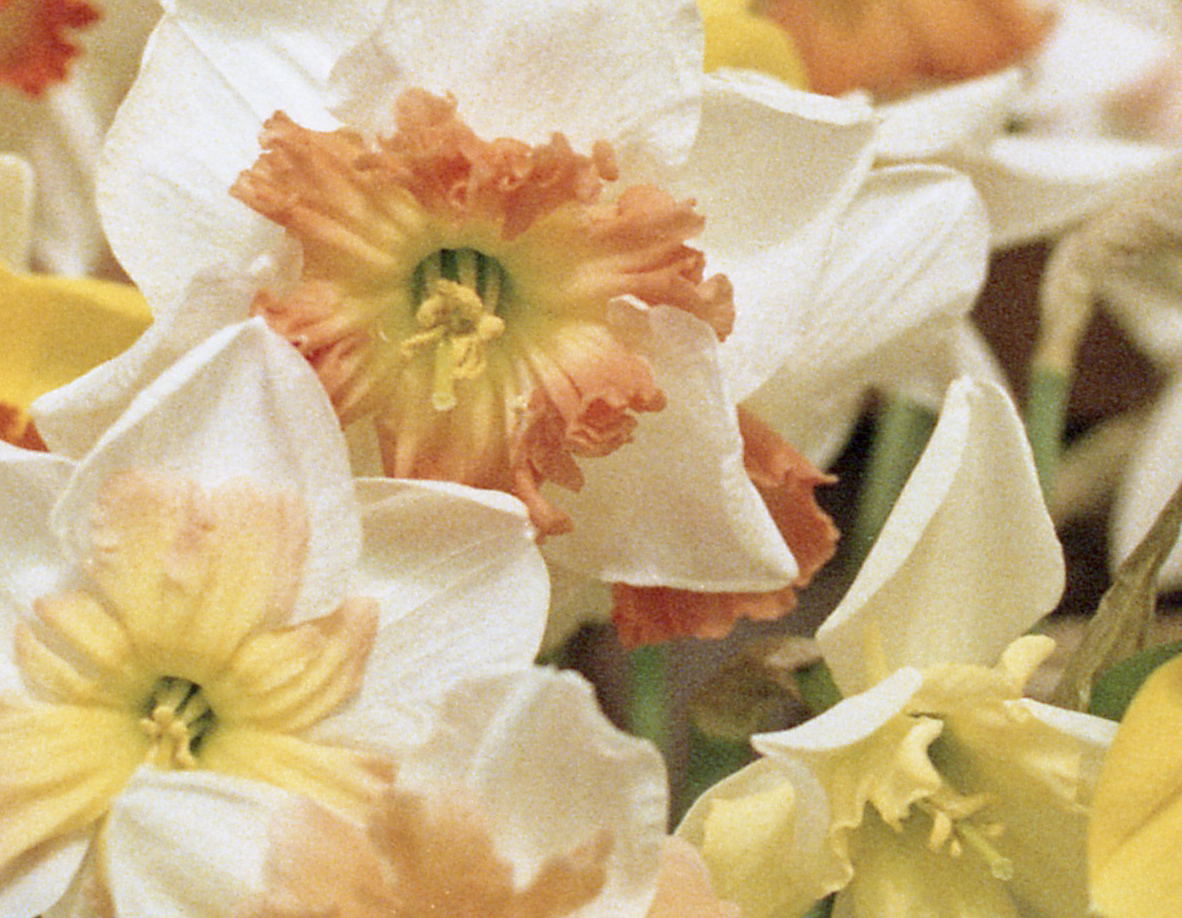
A full size crop from the center of one of the gallery images to show the grain from a slightly under exposed image
I feel that I can extract somewhere in the neighborhood of an equivalent to a 12mpixel image from a 35mm negative. The colours are accurate perhaps with the exception of some reds and the exposure latitude is very good like most colour negative film.
A closer look at the film can be seen here Agfa Vista 200
no comments | posted in Cameras, Photography
Nov
2
2015

My Fuji Dl Mini is quite beat up so I thought I would make a drawing of one instead (see above image) The camera is a terrific blend of style and function. Its simple uncluttered look belies the power it has to produce quality images (perhaps my pictures aren’t to your taste but don’t blame the camera for that). Of all the small cameras that I have tried with a 28mm focal length it is the best. The lens is very sharp and has only a small amount of vignetting. It has some other nice attributes such as manual focus and the ability to suppress the flash. More pictures and information about this camera here 28mm Verticals The Sardine Tin Fuji Dl Super Mini Fuji DL super Mini
1 comment | tags: camera, Dl mini, Fuji, Fujifilm | posted in Cameras, Photography
Oct
29
2015

I liked this camera so much that I bought another one, that or I forgot I already had one somewhere, you decide. I have it of course because of its 28mm wide angle which isn’t too bad for barrel distortion but suffers from chromatic aberrations. (Light of different wavelengths not arriving exactly at the same spot resulting in colour fringing at edges). Its claim to fame is that it was the first 28mm wide angle point and shoot camera back in 1990. Despite this it isn’t too bad for a point and shoot though it is a large camera. The large size though is only a factor for packing it around it is nice in use unlike the ungainly Nikon Zoom touch 800. I shot two rolls of film back to back with this camera these images are from Kodak Max 400 and gave better results than the Kodak 200 that followed likely because the camera chose a smaller aperture with the faster film. A past post about this camera Konica Zup28W
1 comment | posted in Cameras, Photography
Oct
24
2015
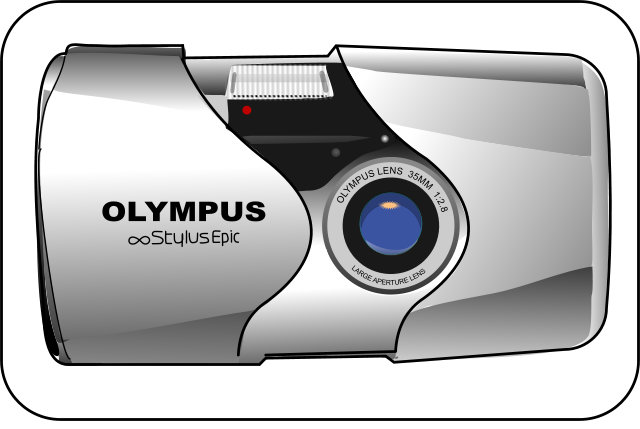
I’ve taken many pictures with this camera model and written many times about it so what is it about it that draws me to it and allowed Olympus to sell so many of them (3.8 million by Olympus’s account) ? There are other great cameras that have developed ‘cult’ status some deserved some are over rated but the Stylus Epic (Mju II) is just a tremendous camera with no pretensions to anything more. If you’ve been looking at other film cameras and then pick up one of these you can’t help but marvel at how small they are. There isn’t a millimeter of space that is wasted. It seems almost impossible that any other 35mm camera could be made smaller and yet it has all the power winding and autofocus that you would expect.
The lens is a superb 4 element 35m f2.8 which again is amazingly small when you compare it against a typical rangefinder lens of f2.8 and similar focal length.
One thing about one camera: To set the Stylus Epic to spot metering and spot focus you need to press both the self timer and flash button at the same time.
The problem I have now is that this one has a light leak and I can’t tell it apart from another one I already had. I guess it’s time to load another roll.
1 comment | posted in Cameras, Photography
Oct
19
2015

This camera belongs to that select group of 35mm zoom cameras that had a wide angle ability of 28mm. It is one of the best as well, they clamshell lens cover is great and a nod should be given to Olympus for pioneering this. The controls on the back though are all Canon and all good with a large rear dial and customizable user mode. The ability to suppress the flash is one of the most important things for me in a point and shoot and the ability to force it always off with this camera make it all the better. The focal range of 28-90mm (f4.5 – f9.9) is versatile and the 7 element lens with 2 aspherics is above average even when considered against less ambitious lenses. This camera came at an interesting moment as well as Canon also released the Powershot G1 digital camera around the same time.

This and cameras like it signaled the end for film cameras and foreshadowed the rapid decline of film.
2 comments | posted in Cameras, Photography
Oct
16
2015

Additional images and post for this camera are here Minolta V2
no comments | posted in Cameras, Photography















































































































































































